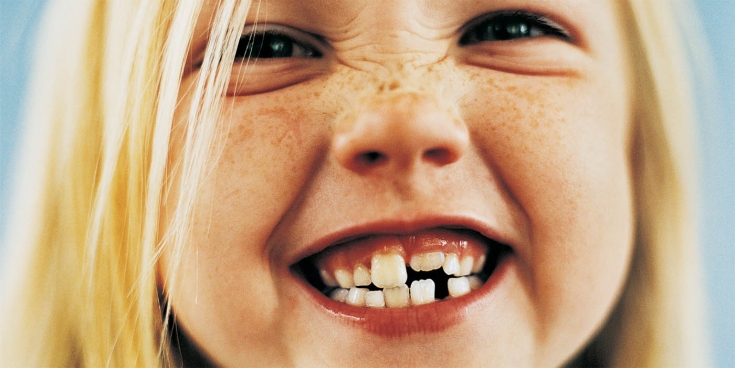Incorrect bite is not perceived by many patients as a reason for contacting a specialist for correction. Indeed, if the teeth do not hurt, and the closure of the teeth is not too much disturbed and does not cause physical inconvenience, people do not understand the need for intervention. However, in a child, an incorrect bite can cause facial and speech disorders. The relationship between bite and bad posture has been confirmed. Finally, in an adult, as estet-portal.com notes, aesthetic correction of the face often has to begin with the correction of malocclusion.
Variants of malocclusion and its manifestations
The main parameter of normal bite – The correct development of the dentoalveolar system is considered to be such a position of the teeth in which the upper ones slightly cover the lower ones. This is an orthognathic bite that occurs in most people.
Misalignment of teeth can be as follows:
• crowding of teeth – when the child began to erupt large permanent teeth in a timely manner, and for some reason the growth of the jaw slowed down;
• lack of fangs, incisors, formation of gaps, rotation of part of the teeth – also due to impaired jaw growth;
• distal bite – occurs when the upper jaw is overdeveloped or the lower jaw is underdeveloped;
• mesial bite – lower jaw overdeveloped and pushed forward;
• deep bite – the upper teeth more than half cover the lower ones when the jaws are closed;
• open bite – if most of the teeth do not touch at all when the jaws are closed;
• crossbite – underdevelopment of the dentition on the one hand;
• dystopia – when teeth occupy places in the dentition that are not intended for them.
xxxx>• dystopia – when teeth occupy places in the dentition that are not intended for them.
Bite formation goes through 5 stages: in a child aged 0-6 months, 6 months – 3 years old, 3-6 years old, 6-12 years old, 12-16 years old. At each stage, teething, growth and development of the jaws occur. If at any of the stages there is a violation of growth, an abnormal bite is formed.
The most common causes of malocclusion
The main reason for the formation of malocclusion in a child is hereditary predisposition.
However, some factors can aggravate it – e.g.:
• Inactive infant suckling or bottle feeding with an unsuitable nipple;
• constant sucking on a pacifier when teeth are already actively growing;
• sleep of a child in one position, with a fist or a toy under the cheek;
The risk of improper bite formation is increased by frequent colds with impaired nasal breathing – when the mouth is constantly open, the jaw is formed with a deviation.
Incorrect posture, a constant tilt of the head forward when walking, reading from a phone or computer, provokes deformation of the jaws and the development of malocclusion. Incorrect
occlusion

Professional correction of malocclusion The first step in the correction of
malocclusion is oral hygiene, treatment of any diseases that may be exacerbated by the installation of braces. Next, a panoramic x-ray or computed tomography is taken to clearly understand the ways of correcting the dentition.
The following are commonly used to correct malocclusion:
• lingual braces – fixed on the inner surface of the teeth.
The patient should be warned that during the first week after the installation of braces, he may experience pain, which is relieved by analgesics.
Duration of orthodontic treatment can be from six months to two years.
After removing the braces, the patient is instructed to wear retainers twice as long as braces. This is necessary to prevent the corrected teeth from returning to their previous position. Retainers can be fixed (like lingual braces) or used overnight as plastic archwires or mouth guards.
The patient should be taught how to properly care for orthodontic appliances, as they make it difficult to clean teeth properly and can contribute to the development of caries. You should brush your teeth after every meal, use a superfloss with a hard tip to remove food debris from places inaccessible to the brush. When wearing braces, it is not recommended to eat viscous foods, nuts, honey, sweets, as they are difficult to peel off the tooth enamel and can damage the bracket system.








Add a comment